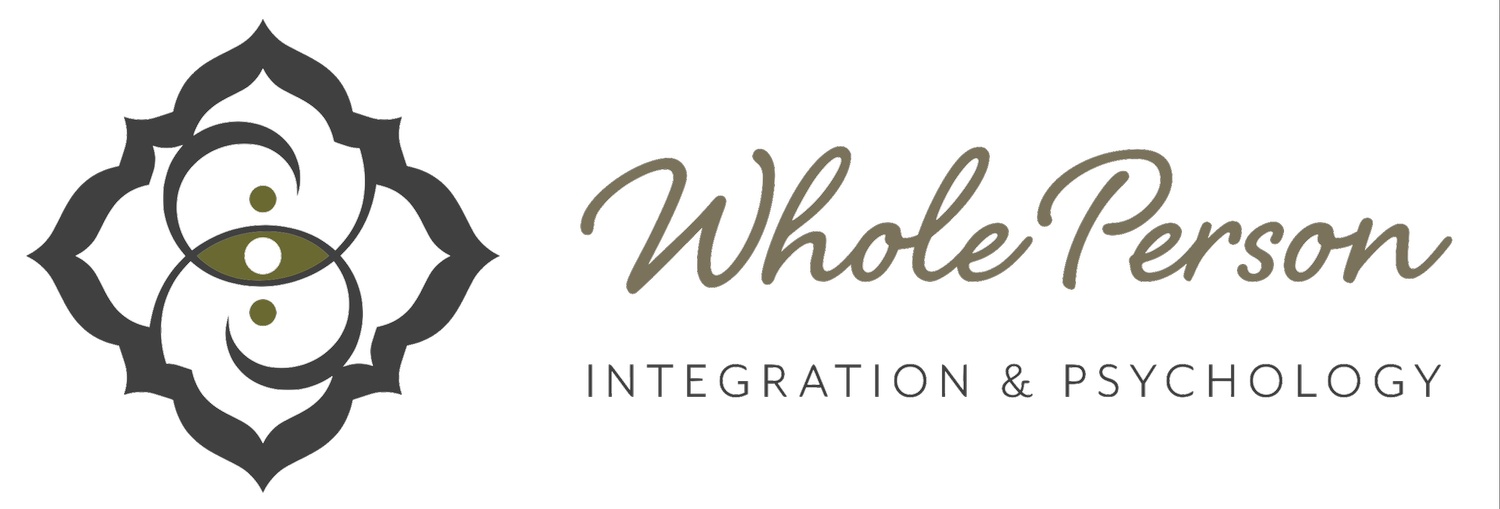Why Your Own Relationship with Sexuality Matters to Your Work with Clients
by Dr. Denise Renye
As clinicians, we hold space for our clients’ most vulnerable experiences: trauma, desire, fear, shame, and longing. Yet when it comes to sexuality, many therapists, psychologists, and mental health professionals carry unexamined beliefs, discomfort, or gaps in their own self-understanding. This can quietly shape the therapy room, influencing what clients feel safe to share and how effectively we can help them.
Sexuality Is a Core Part of Being Human
Sexuality is not just about sex acts. It includes identity, orientation, expression, relationships, intimacy, pleasure, and the ways our bodies and nervous systems respond to connection. Every client you work with has a relationship to their sexuality, whether or not they are actively bringing sexual concerns to therapy. Ignoring it, or holding it at arm’s length, can create blind spots in your clinical work.
My Transformative Experience: SAR and a Master’s in Human Sexuality
One of the most profound experiences of my clinical training was participating in a Sexual Attitude Reassessment (SAR) during my master’s degree in human sexuality at Widener University, an esteemed program in the field. SAR is a highly experiential process designed to help clinicians examine their own beliefs, biases, and emotional responses around sexuality.
The SAR experience was transformative for me. It challenged me to sit with discomfort, expand my empathy, and release judgments I did not realize I was carrying. It helped me explore my own edges, clarifying where I held cultural conditioning, personal shame, or unconscious avoidance.
Spending two solid years immersed in this master’s program, combined with clinical internships, profoundly changed me both professionally and personally. That degree preceded my doctorate in clinical psychology (PsyD) and provided a foundation that continues to shape how I show up with clients today. It gave me the confidence to talk about sexuality without flinching, the ability to sit with any topic a client might bring into the room, and a deeper understanding of the vast diversity of human sexual experience. That self-work did not just make me a better sex therapist. It made me a more grounded, attuned clinician overall.
The Therapist’s Relationship with Sexuality Shapes the Work
Our own relationship with sexuality informs:
What we notice: If we feel uneasy around sexual content, we might miss subtle cues or hesitate to ask clarifying questions.
What we signal: Clients often pick up on unconscious discomfort. If they sense avoidance, they may withhold critical parts of their story.
How we intervene: If we hold unexamined shame or biases, our guidance can unintentionally reinforce the very shame a client is trying to heal.
When we have done our own deep exploration, as I did through SAR and my graduate-level training, we create a clinical space where clients feel safe to explore even the most charged aspects of their sexual selves.
The Ripple Effect on Client Care
By cultivating a conscious, embodied relationship with our own sexuality, we:
Hold space for shame to surface without flinching
Support clients in reclaiming pleasure as part of their healing
Navigate conversations about intimacy, desire, and boundaries with clarity and compassion
Doing this work is an act of service. It strengthens our clinical presence, enhances our capacity for nonjudgment, and allows us to guide clients toward their own self-acceptance and sexual well-being.
Call to Action for Clinicians:
If you have never done a SAR or intentionally explored your own sexual self-awareness, consider seeking out advanced training, workshops, or consultation. I offer clinical consultation for therapists who want support in integrating sexuality into their work, as well as consultation for relationship surrogacy to navigate this complex and often misunderstood area of practice.
Your comfort with your own sexuality does not just benefit you. It profoundly impacts the safety and depth of the work you do with clients.

